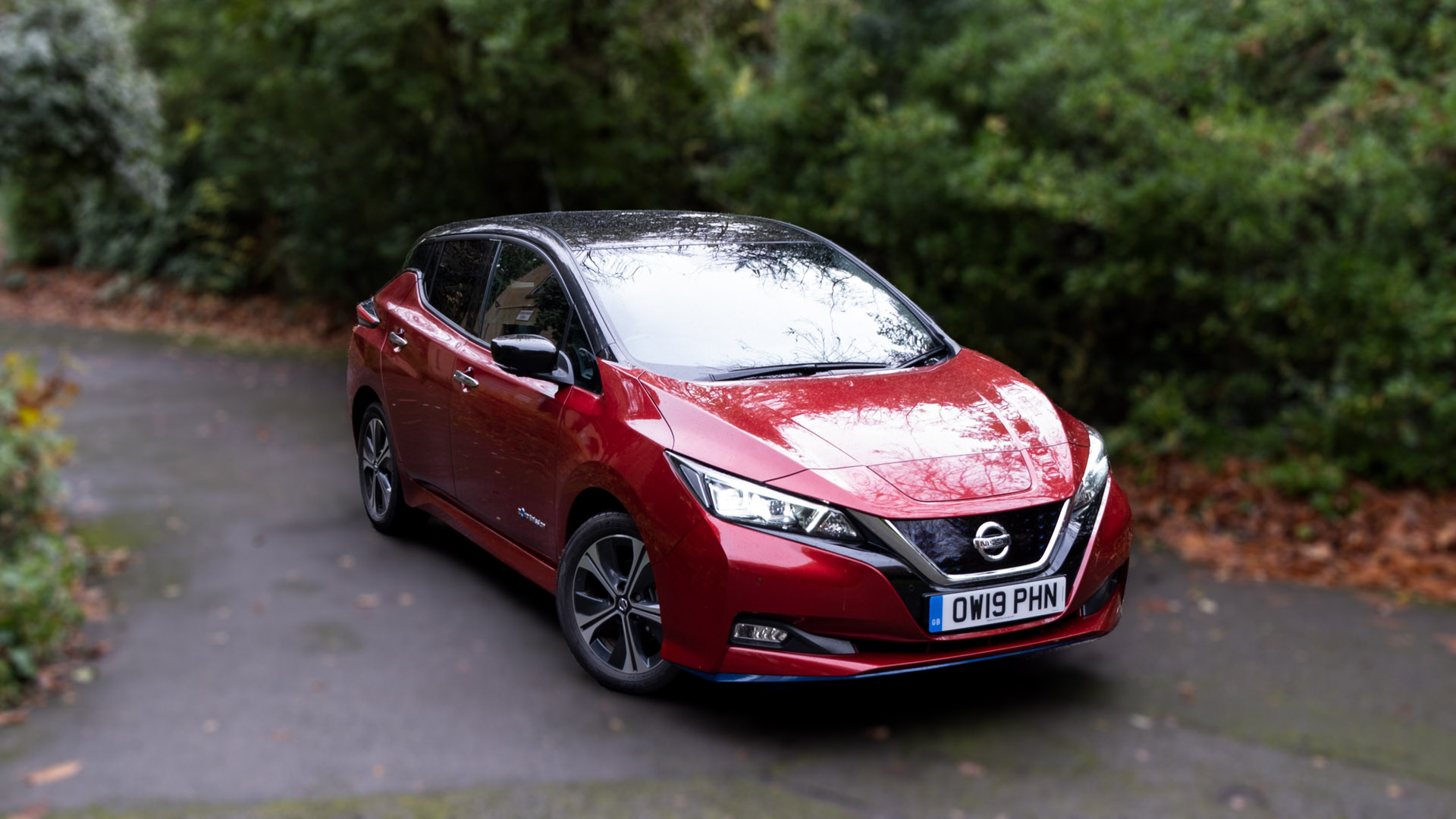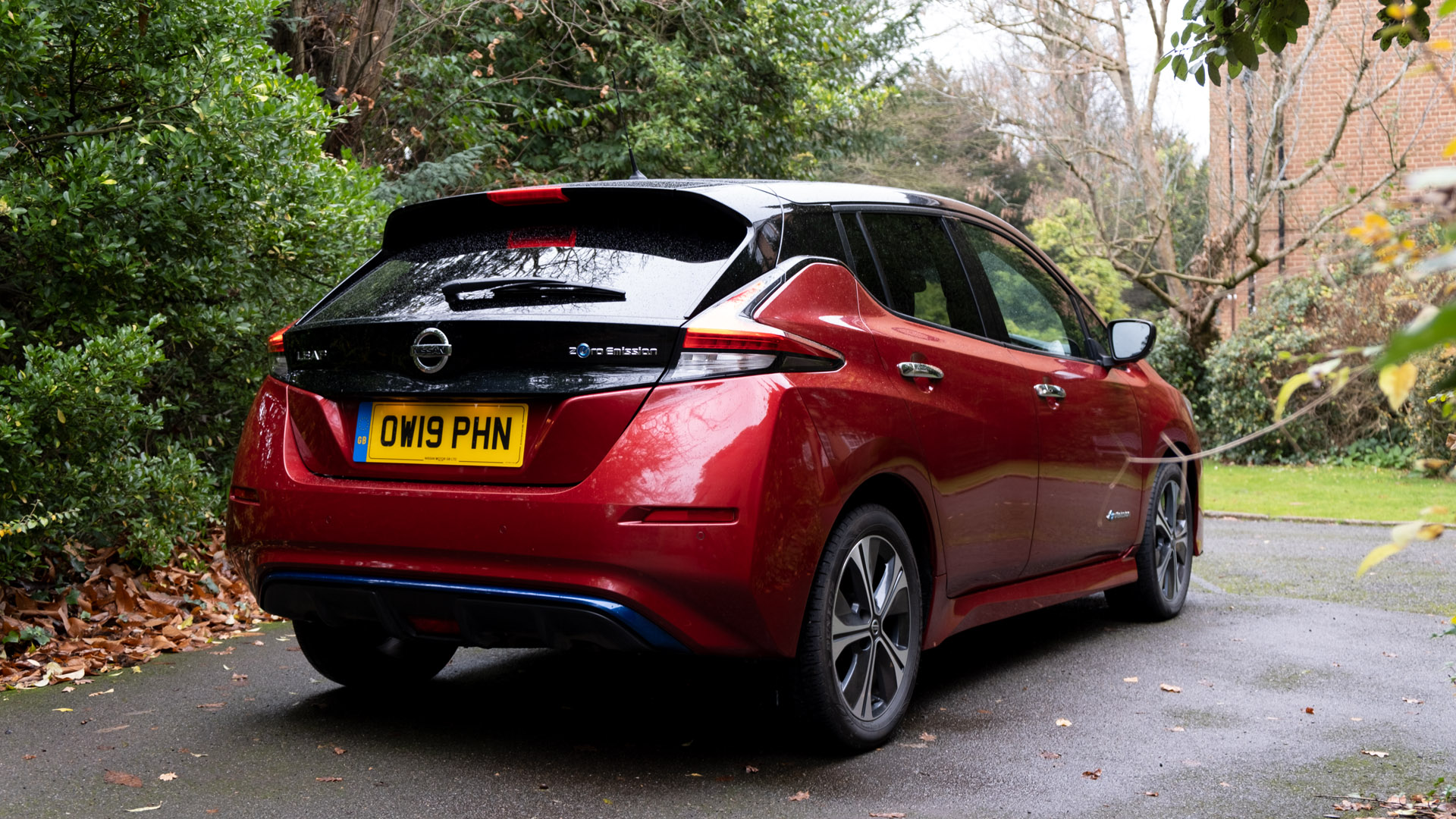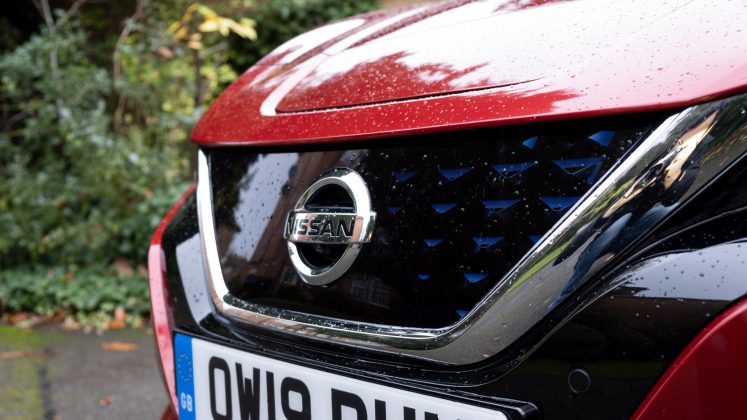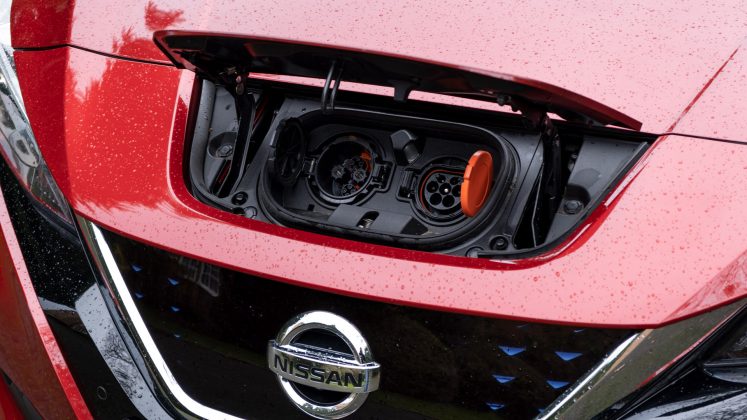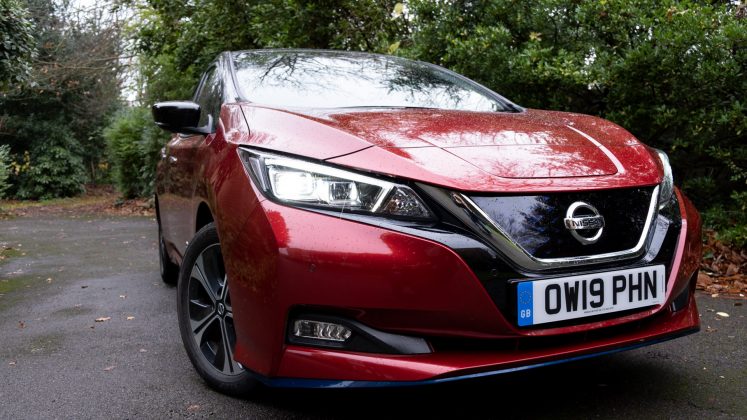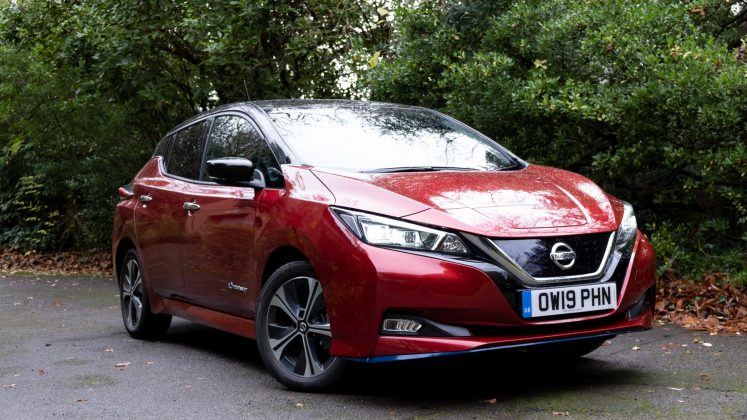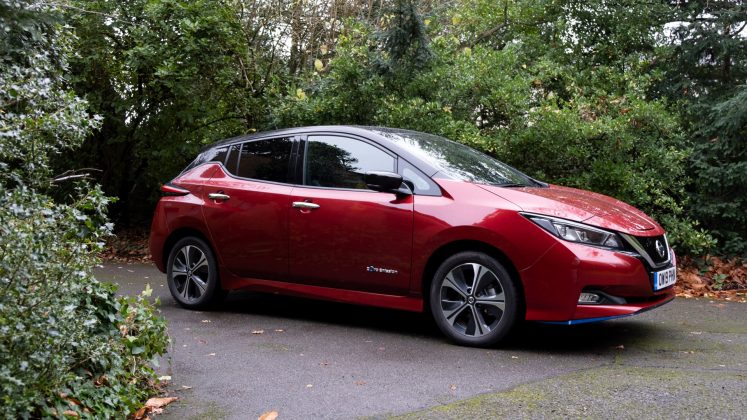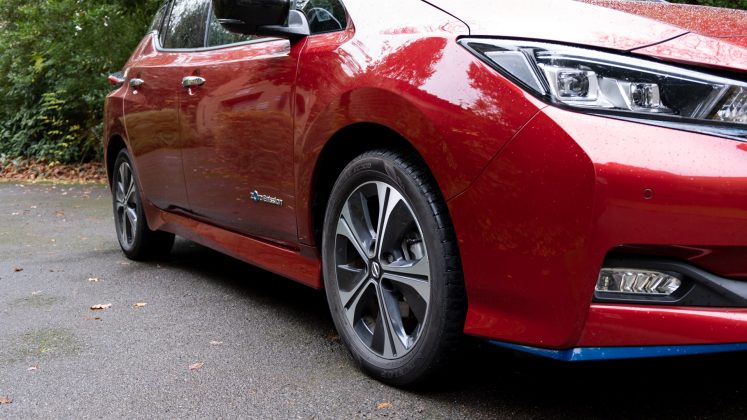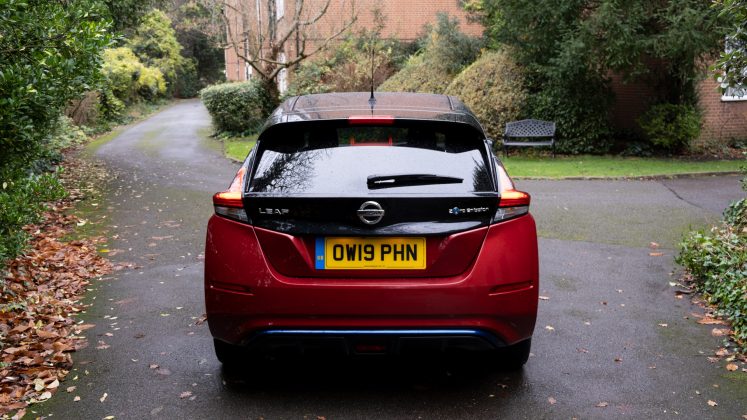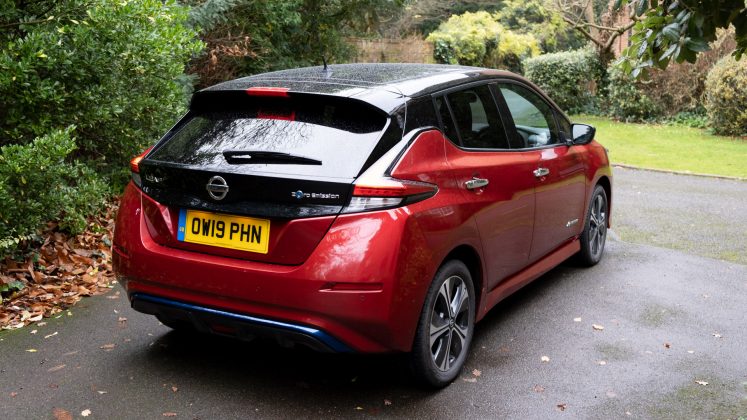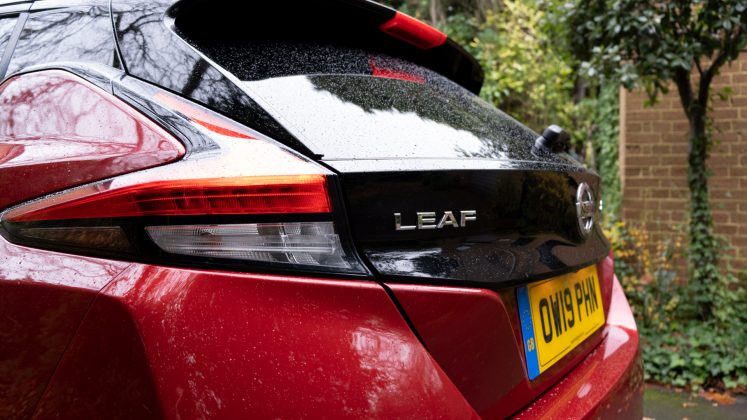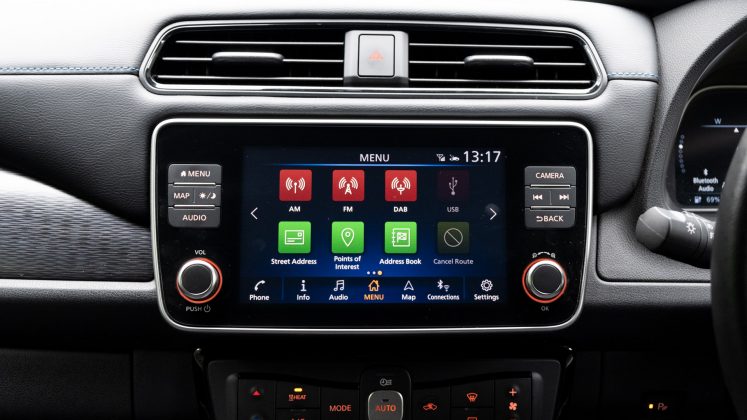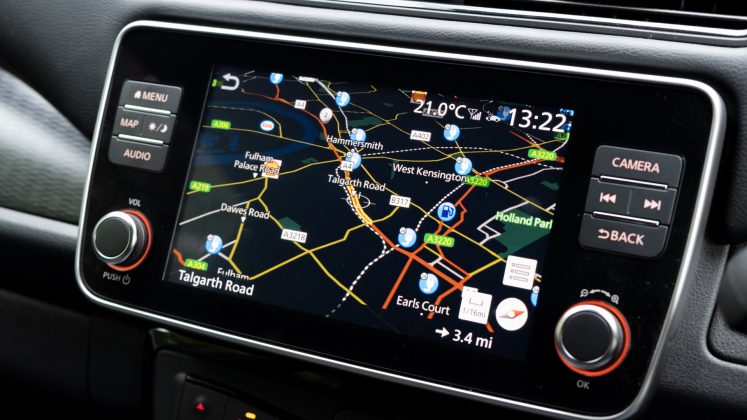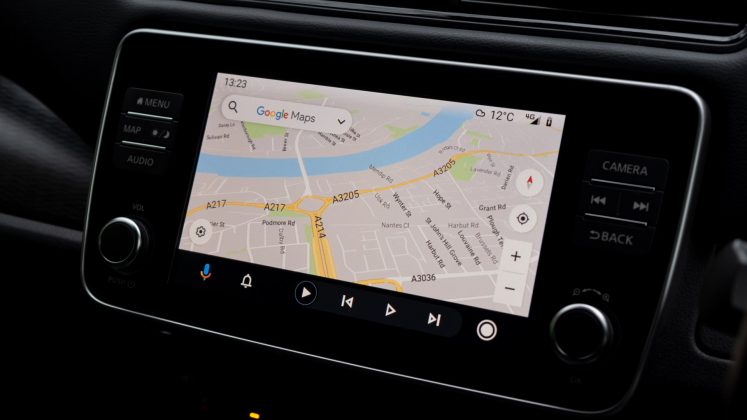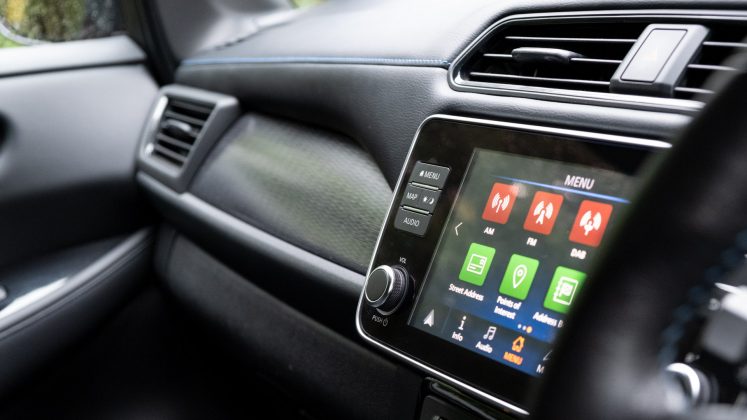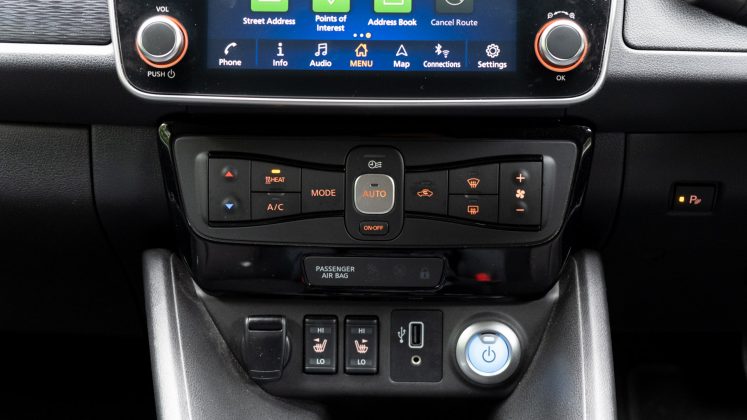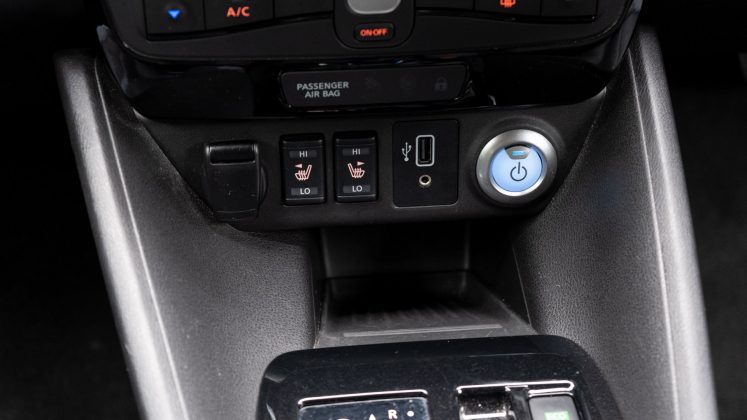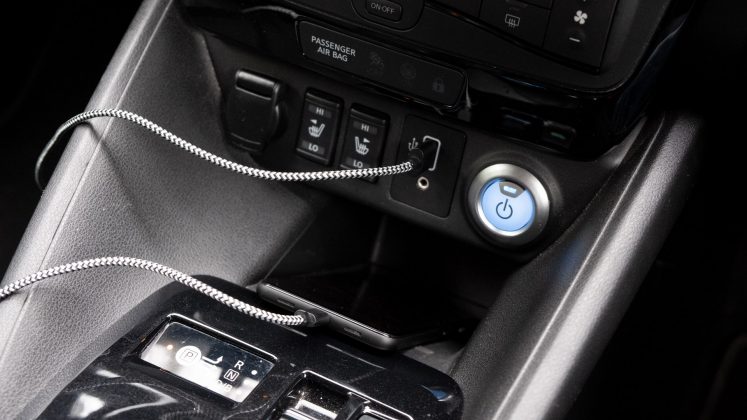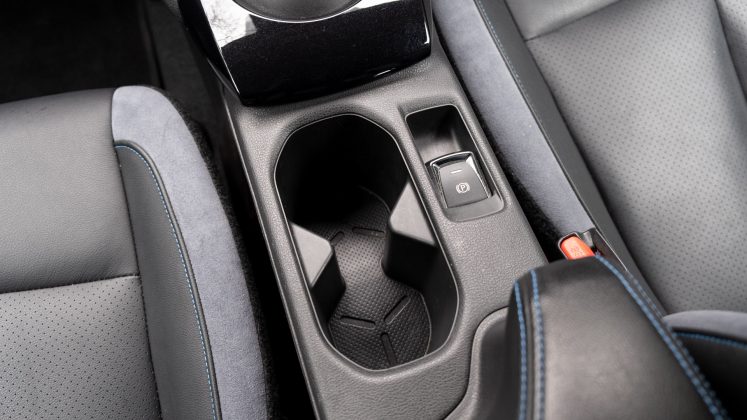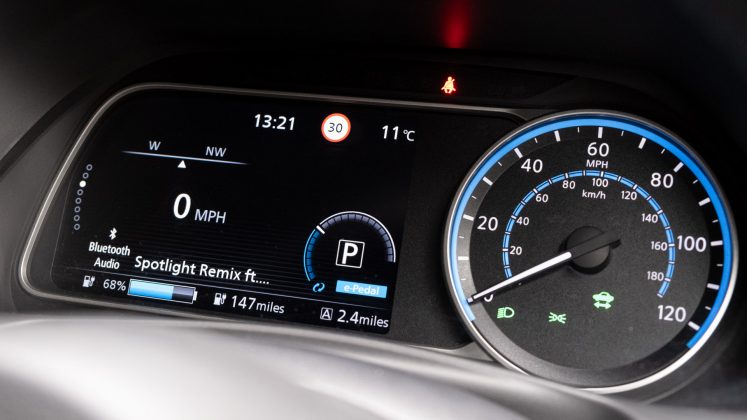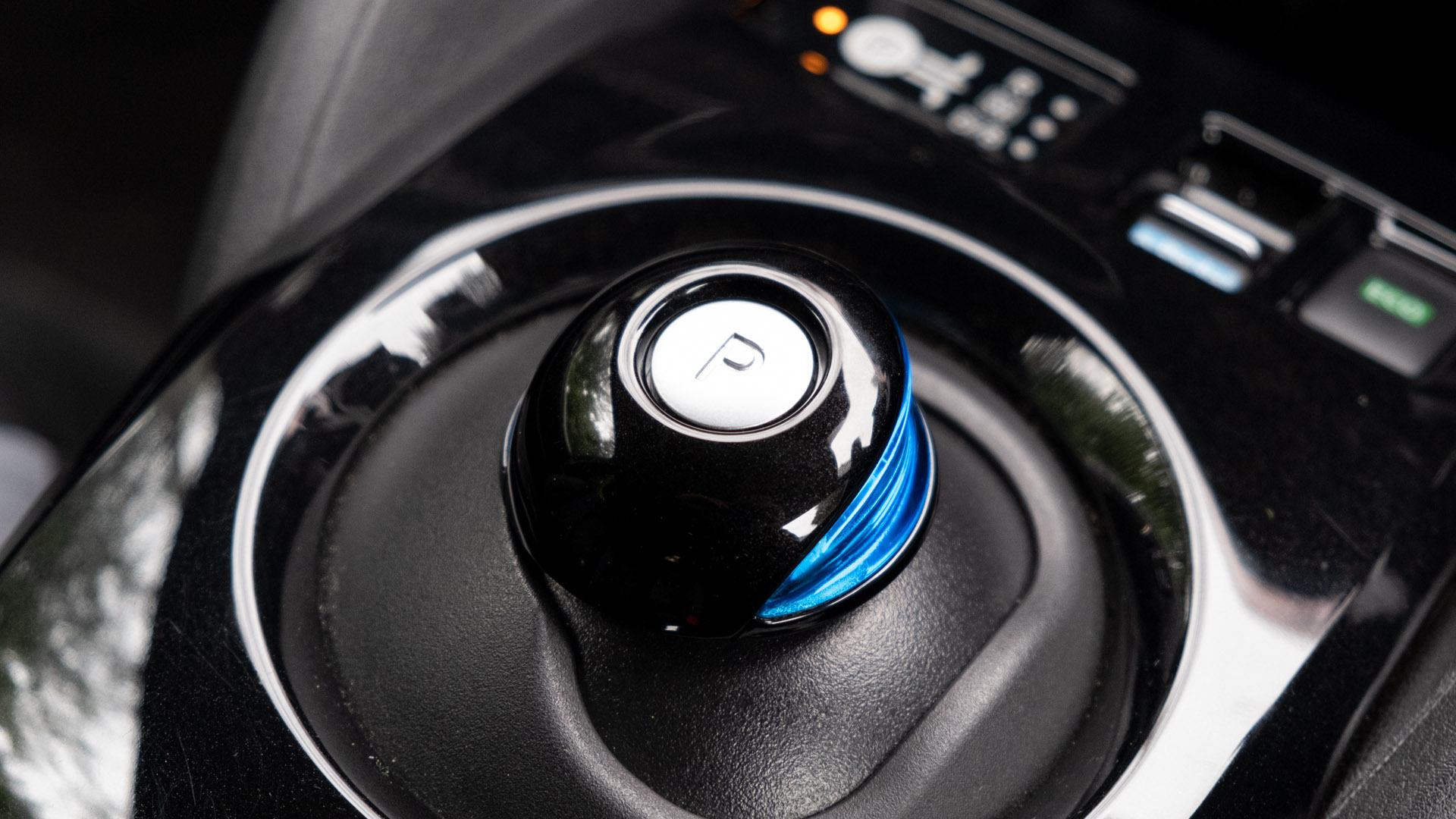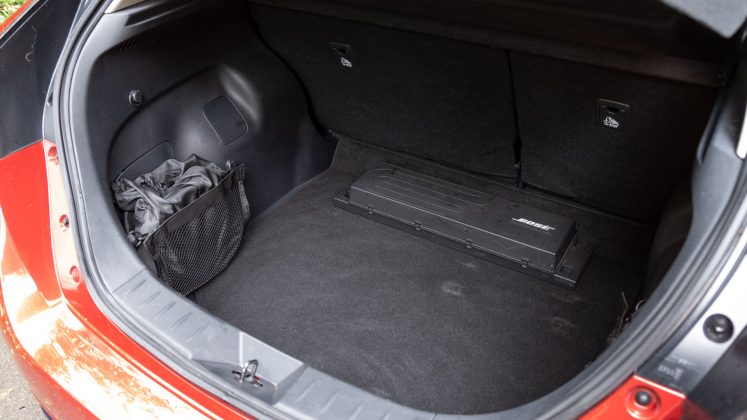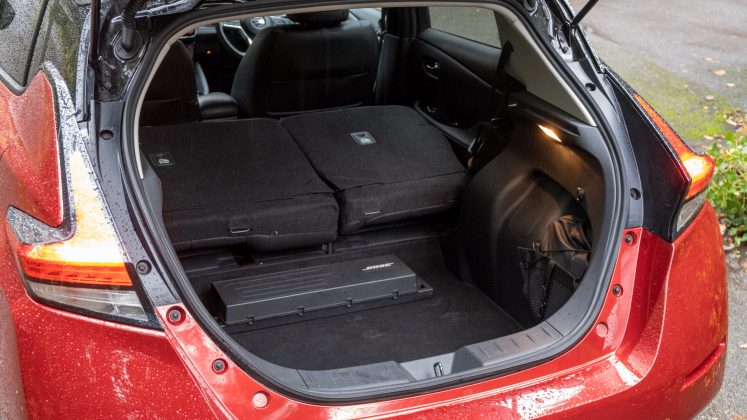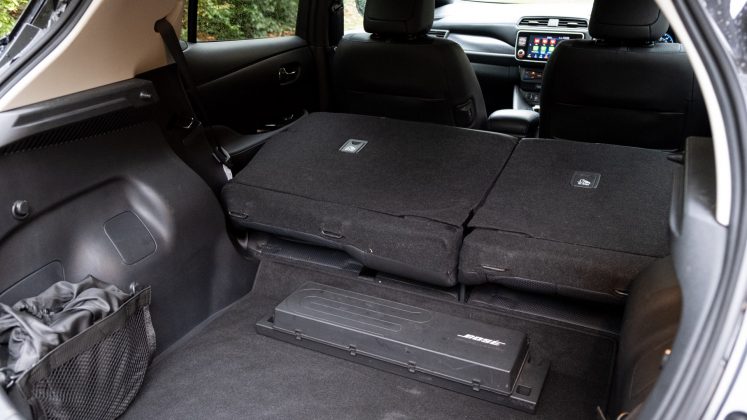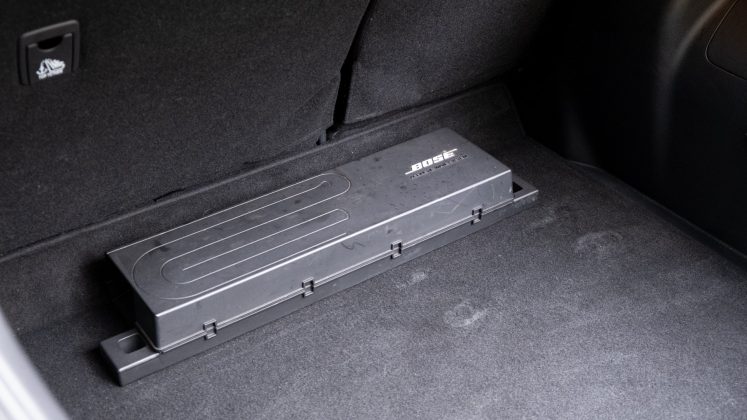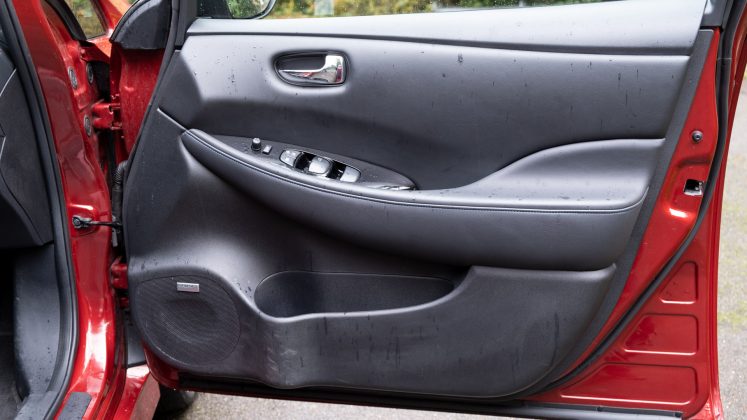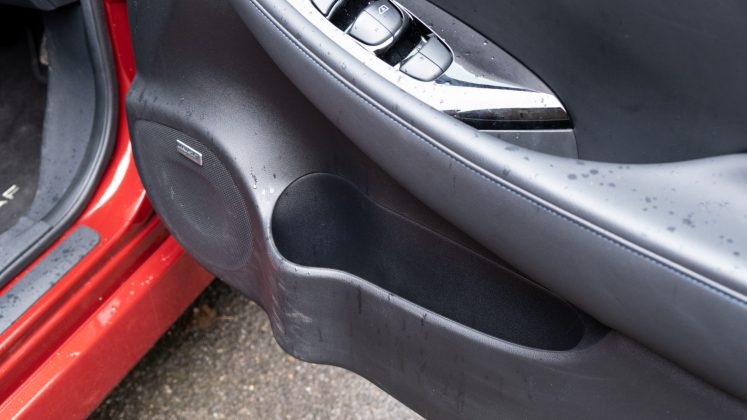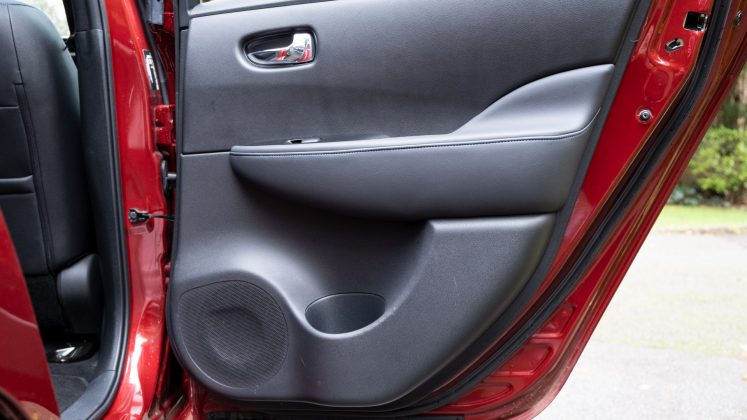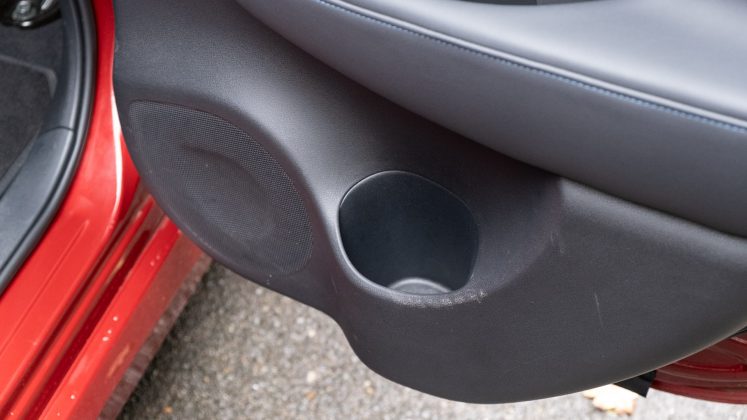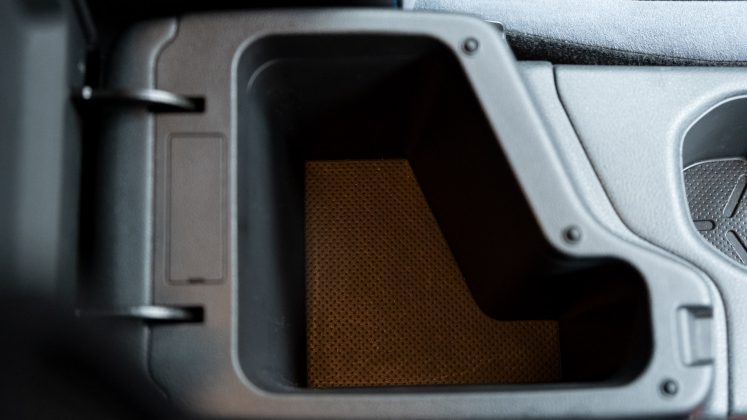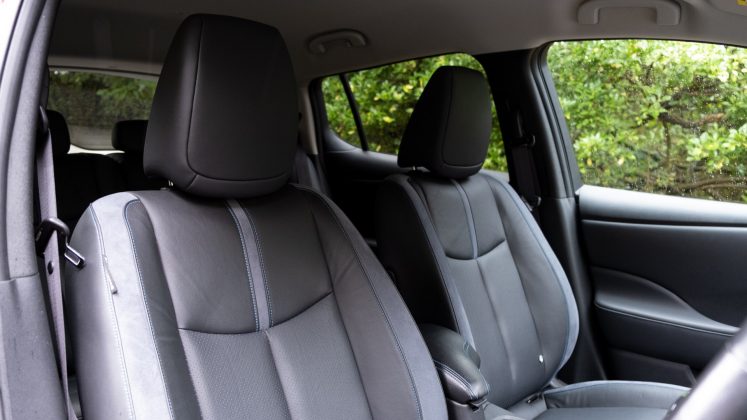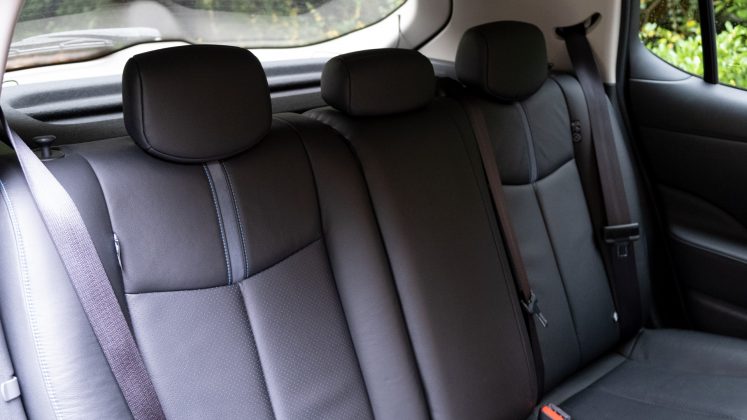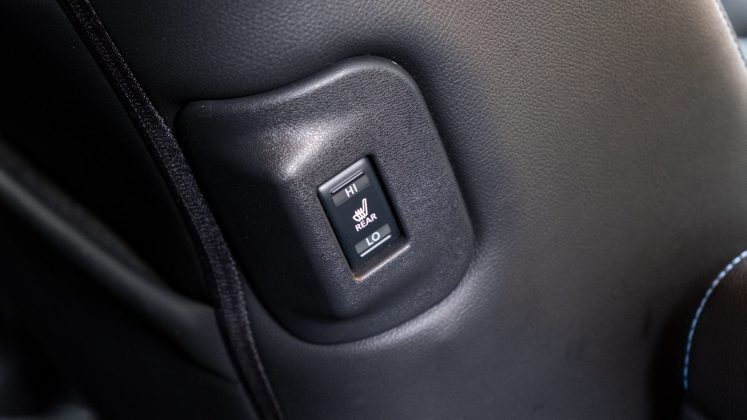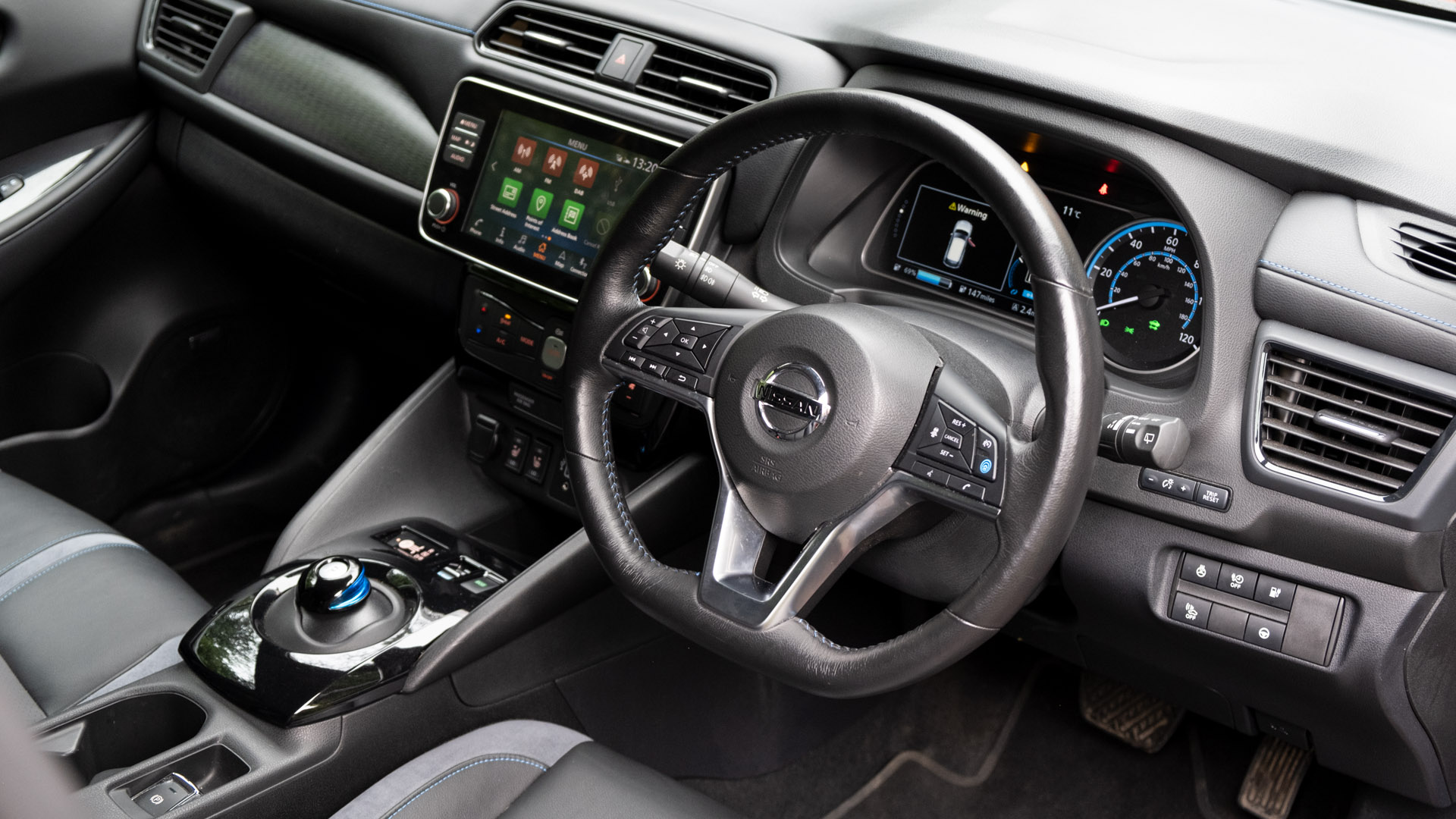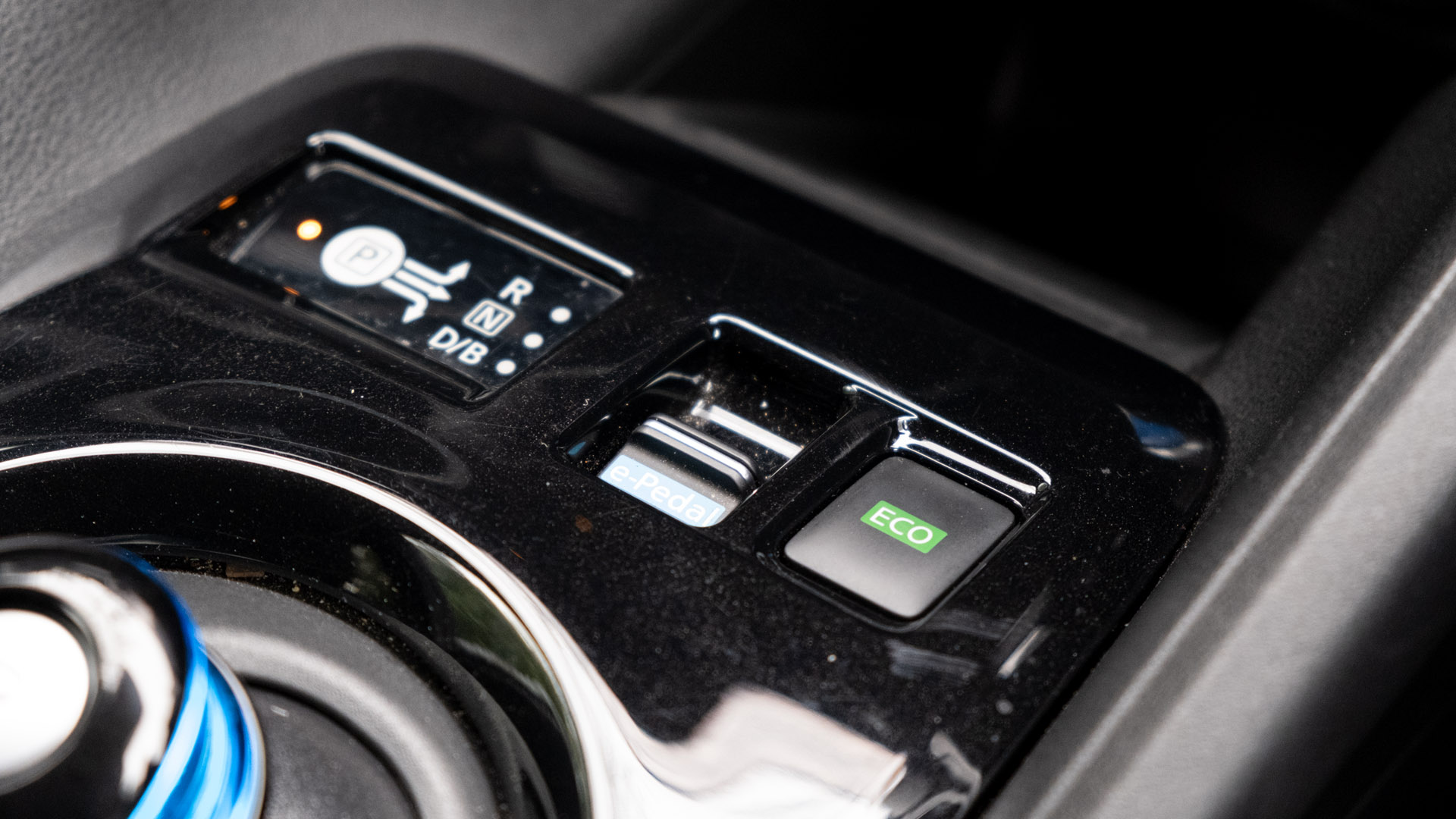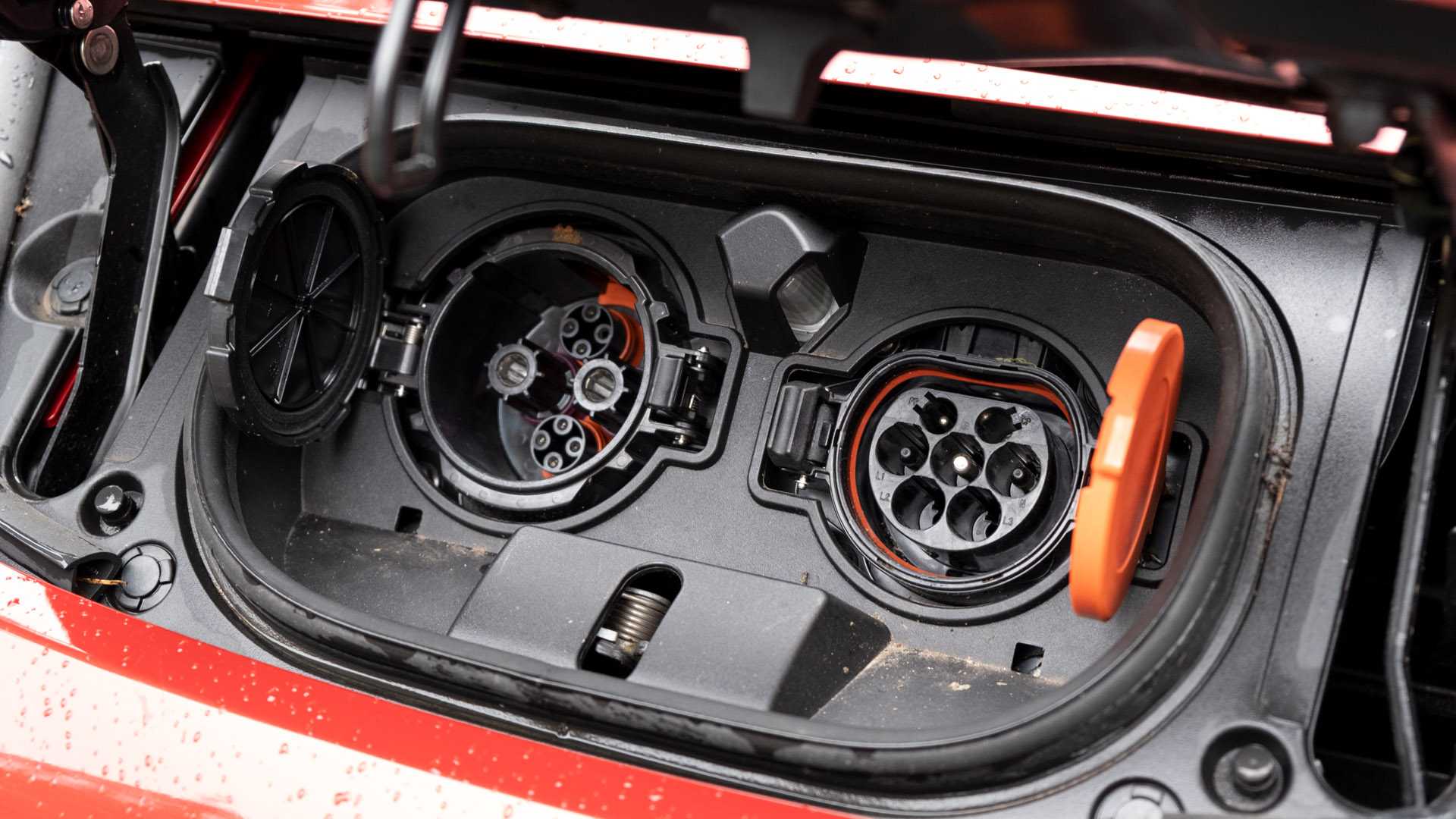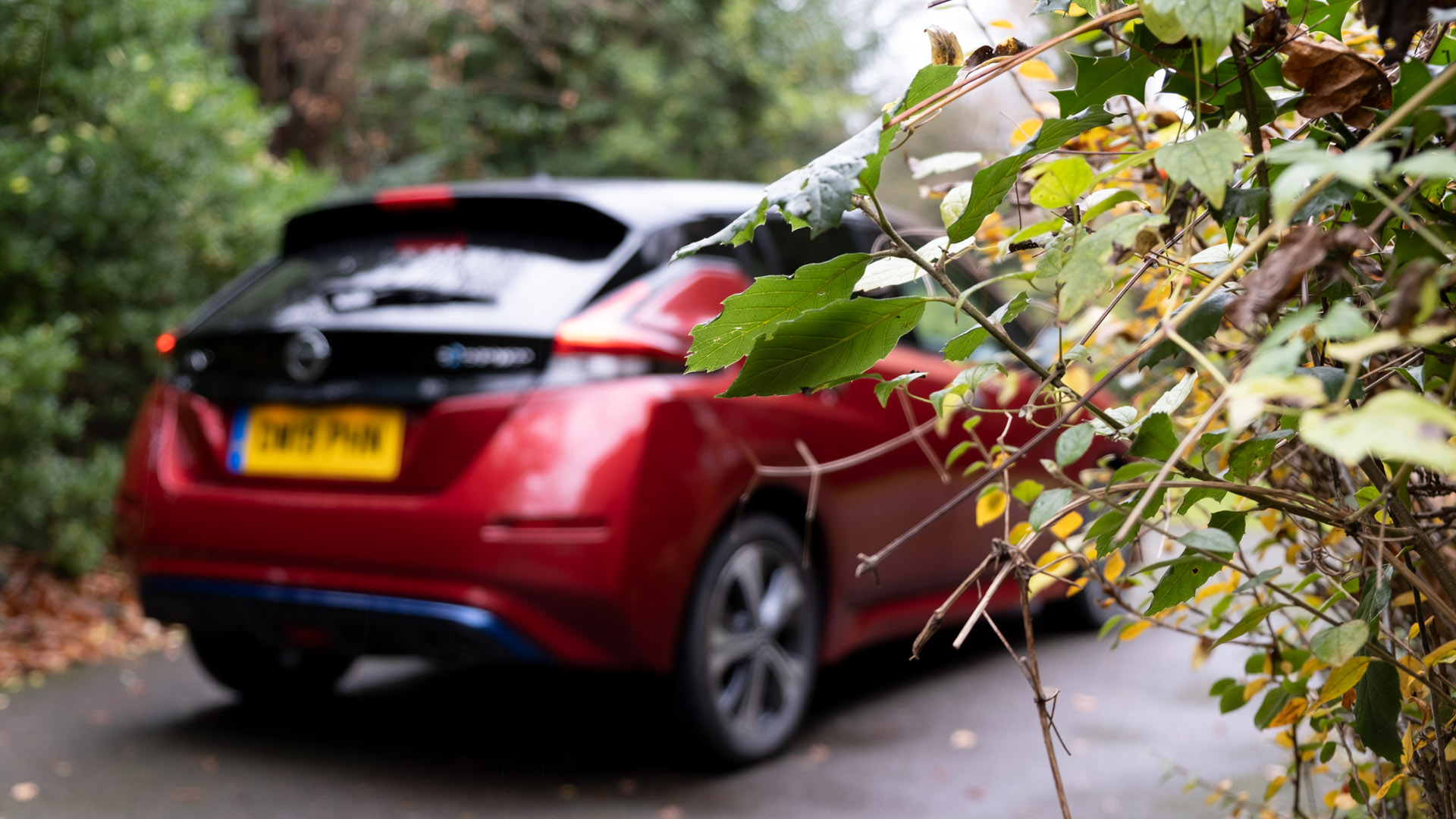Over a decade ago, the Nissan Leaf introduced itself to the world as an affordable all-electric vehicle. Back in 2010, it had very little competition and wasn’t as highly sought after by the average consumer, as the EV could only manage around 70 miles on a single charge. Still, Nissan sold over half a million Leafs around the world.
Much has changed in ten years, where the Leaf now runs up to 239 miles on a single charge. It, however, also faces stiff competition from other manufacturers, all of which now offer an all-electric hatchback or saloon in their fleet.
Has the Nissan Leaf kept up with the times and is it still as unique as it once was? We’re here to find out.
If you’d prefer to watch a review of the Nissan Leaf, head on over to our YouTube channel.
Nissan Leaf price & competition
Despite being in the market for a prolonged amount of time, the Leaf isn’t the cheapest EV around. The base model, Acenta, starts from £26,845 (incl PiCG) – this model, alongside the N-Connecta and Tekna all have a claimed driving range of 168 miles.
If you’d like to benefit from the larger 62 kWh battery, which claims to achieve 239 miles on a single charge, one will need to invest £32,695 on the e+ N-Connecta or £34,710 for the e+ Tekna. As you’ll note, the base Acenta trim isn’t available with a 62 kWh battery pack.
The three trim names determine what you get as standard, while the e+ models offer a larger battery pack and bolster the vehicle’s total power output. For example, the regular Tekna will have all the same options as the e+ Tekna, but where the former has 110 kW (148 hp) of power and 320 Nm of torque, the latter has 160 kW (215 hp) of power, where its single front-mounted synchronous motor delivers 340 Nm of torque. The e+ Tekna equivalent is what we have on review.
Find the best Nissan Leaf deals
To paint a better picture, here’s what you get as standard with the Acenta:
- 16″ alloy rims
- e-Pedal
- 50 kW CHAdeMO and 6.6 kW Type 2 charging inlets
- Cabin heating system with Heat pump
- Rear USB ports
- Six-speaker audio system
- 8″ infotainment system with Android Auto and Apple CarPlay integration
- 7″ instrument cluster with TFT display
- Lane Departure Warning
- Rear Cross-Traffic Alert
- Blind Spot intervention
- Emergency Braking assist
- Rearview camera
Move up to the N-Connecta and you get the following on top:
- 17″ alloy rims
- Front and rear parking sensors with a 360° camera
- Part Synthetic Leather/Part Cloth Trim
- Heated seats and steering wheel
- Privacy glass (rear-tinted windows)
Opt for the top-spec Tekna trim instead and you’ll get these options added on as standard:
- ProPilot Advanced Driver Assistance System
- Seven-speaker Bose speaker system
- Part Leather Seats with Ultrasuede trim
- LED Foglights with cornering function
- Electronic Parking Brake
When it comes to its all-electric competitors, there are a few to consider: the sporty BMW i3 from £39,690; the Hyundai Ioniq Electric starts from £30,950; the comfy Renault Zoe starts from £26,995; the tech-focused Honda e at £26,660; the stylish Mini Electric at £24,900; the bite-sized Volkswagen e-up! starts from £20,555 with its near-identical sibling, the Seat Mii Electric, coming in at £19,800; and the cheapest and most compact EV on the market, the Smart fortwo coupé, will set you back £17,550.
Read next: Volkswagen e-up! review: A bite-sized electric car
Nissan Leaf exterior review
Unlike the first-generation Leaf, the new model is far easier on the eyes. Subjectively, we think Nissan has nailed the execution. At the front, you’re treated with a sporty, yet elegant design – while it won’t compete with the likes of the Skyline GT-R, its flared bonnet is aesthetically pleasing. The covered front grille also refracts light elegantly and above it, sits the vehicle’s charging ports that are concealed under a near-rectangular shaped flap.
At the side, the car has body-coloured sideskirts and wheel arches, and the stock five-spoke 16-17″ alloys look the part, too. At the back, Nissan has maintained a sense of style; the rear black boot gives the vehicle a bit of contrast from the rest of its coloured body parts.
Buy a car phone mount on Amazon (Affiliate)
Speaking of which, the e+ Tekna comes as standard in ‘Flame Red’. There are numerous other colours to choose from, but these will set you back between £575 and a whopping £1,095 – a steep price to pay for a bit of personalisation.
These are your £575 options: Gun Metallic, Blade Silver, Magnetic Red, and Pearl Black. At £745, you get the following: Chestnut Bronze, Storm White, Vivid Blue, and Ceramic Grey.
While at £1,095, you get a two-tone finish: Storm White body with Pearl Black roof and door mirrors; Pearl Black with Gun Metallic roof and door mirrors; Gun Metallic with Pearl Black roof and door mirrors; Storm White with Blue Metallic roof and door mirrors; Vivid Blue with Pearl Black roof and door mirrors; Ceramic Grey, Pearl Black roof and door mirrors; and the pictured Magnetic Red with Pearl Black roof and door mirrors.
Read next: Mini Electric review: Style over substance?
Nissan Leaf interior review
Inside, however, it would seem Nissan has played it safe – the car’s interior is a little bland and in some areas is near-identical to its first-generation sibling, which isn’t what we expect to feel a decade on. In this department, it certainly doesn’t live up against the likes of the Hyundai Ioniq Electric, but equally doesn’t feel as cheap as the Seat Mii Electric or the VW e-Up!.
For example, its 7″ instrument cluster houses both an analogue dial (speedometer) and a TFT display. While there’s nothing wrong with it, it does feel a little dated in comparison to its rivals, which offer customisable and fully digital displays, instead.
The same could be said about its 8″ infotainment system that looks like something that’s been taken out of the early 2000s – clunky icons with a simplistic menu system. Still, it’s great to see that Nissan has retained physical quick-access buttons and supports both Android Auto and Apple CarPlay; these technologies spruce up the car’s interior tech.
To connect up to the car, there’s a USB socket that resides underneath the physical climate controls and an angular bay that allows you to stow away a smartphone. Unfortunately, this rubbery pad isn’t Qi-certified and thus means you can’t wirelessly charge a phone.
One can also wirelessly connect to the car’s audio system over Bluetooth, but only the lowest quality SBC codec is supported. As standard, the Leaf comes with a six-speaker audio system, but with the Tekna trim you get a seven-speaker Bose system, instead. If you’d like to hear how it performs, watch our dedicated review of the system on YouTube.
Onto the centre console, there’s an e-Pedal and Eco button that reside by the gear selector. Here, the circular-shaped selector makes for an intuitive experience, namely if you’ve transitioned to an EV for the first time. Drive and B-mode (more on this below), are initiated by pulling the gear knob towards you and shifting it in a downward motion, while Reverse is achieved by pushing the gear knob in the opposite direction.
Past that, you’ve got an electronic handbrake button, two cupholders and a small storage compartment to store a few valuables – a large-sized purse won’t be able to squeeze in here, but sunglasses, keys and cables will comfortably fit.
Read next: Kia e-Niro review: The best all-electric SUV?
Nissan Leaf storage review
Elsewhere, there’s a place to store your valuables in the glove compartment. Each of the four doors will fit a 500ml bottle, but at the front, you’ll also have an additional compartment to place loose change or a slim purse/wallet.
At the back, there’s a whopping 435 litres of boot space, and with the seats down this figure extends up to 1,161 litres. By comparison, this is how the Leaf compares to its rivals: Hyundai Ioniq Electric (357 /1,417 litres); Renault Zoe (338/1,225 litres); Honda e (171/571 litres); VW e-up! (251/951 litres); Seat Mii Electric (251/923 litres); Mini Electric (211/731); Smart fortwo coupé (260/350 litres).
Despite its large cargo volume, the design of the rear boot is not as well thought out as say the Hyundai Ioniq Electric. Here, the Leaf has a raised boot lip, a deeply lowered boot floor – wherein the Tekna trim you’ll be treated with a rectangular Bose bassbox – and with the seats folded down a large step appears between the floor and the back of the rear seats.
In other words, you can’t easily store elongated goods, and if you have pets it’ll be cumbersome when you’re pulling out the cage from the rear of the vehicle. On a more positive note, both sides of the rear boot, are met with mesh compartments that allow you to securely store your charging cables.
Read next: MG ZS EV review: An affordable all-electric SUV
Nissan Leaf comfort review
Despite its odd boot design, Nissan makes amend for its shortcomings with cushiony soft seats. In comparison to its new rivals, the Leaf has the softest and more comfortable seats around, even at the rear of the cabin where most manufacturers include a stiffer ride.
At the front, the seats are manually adjustable while at the rear they are fixed. Due to the placement of the battery pack, the rear seats are at a slight angle but this shouldn’t bode any issues for most.
Legroom is plentiful and at the front headroom is similarly impressive. The same couldn’t be said at the rear of the cabin, where if you are transporting 6-foot 2-inches (188cm) individuals or above, they’ll feel a little henned in.
As for cabin noise, it’s minimal. There’s a bit of road noise that creeps in at the front of the cabin, and while it isn’t as serene as the Honda e, it’s certainly one of the quieter cabins on the road.
Read next: Renault Zoe review: Best electric family car?
Nissan Leaf performance review
Onto driving comfort, the Leaf gets the right blend with the use of semi-firm suspension. This yields for a pleasurable drive around the city, while not suffering from too much body roll when zipped around country roads.
Similarly, the steering wheel is neither super stiff like a BMW M2 CS nor does is it feel lightweight and disconnected from its front axel as is the case with the Renault Zoe. It still retains a driver’s feel, though, won’t compete with the sportier Mini Electric and Honda e. Ultimately, the Leaf isn’t trying to be a sporty saloon or hatchback, in fact, it doesn’t even have Sport mode.
This becomes inherently apparent when you put your foot down to the floor on the accelerator pedal. The car’s front-wheel-drive system struggles to keep up with the 160 kW (215 hp) of electric power that its motor produces. Here, the two front wheels fight a constant battle with the road, where traction control tries to steady the ship. It’s a pretty terrifying experience when you’re on a wet narrow country road with the car swaying from side-to-side. We noted the same type of behaviour with the Hyundai Ioniq Electric, but not to this degree.
Nevertheless, we don’t anticipate most will frequently face this problem, as if you ease onto the accelerator pedal it’s a non-issue. It also makes for a quick getaway car, with a quoted 0-62 mph time of 6.9 seconds and 340 Nm of torque. Using Racelogic’s Vbox Sport, we clocked a 0-60mph time of 7.19 seconds. Top speed is limited to 98 mph.
Find the best Nissan Leaf deals
While it’s not fastest all-electric hatchback or saloon, for its size, the Leaf does set itself apart from the rest of the pack with its all-electric range. Here, the 62 kWh e+ models claim to run for 239 miles on a single charge. In our mixed driving test, we found this figure sat closer to 200 miles, an impressive figure given the Hyundai Ioniq Electric, the Volkswagen e-Up! and Seat Mii Electric achieve between 130-150 miles, and the Mini Electric and Honda e sit between 80-110 miles.
Truthfully, the only car at this price range that contends with the Nissan is the Renault Zoe, which similarly did well in our mixed driving tests, netting over 200 miles on a single charge. That’s in cold wet conditions and with the climate controls turned on – impressive.
In order to be as energy-efficient on the road, Nissan offers Eco mode. This limits the power draw, softens up the accelerator pedal and makes for a lazier pickup time. In Normal mode, all the motor’s power is readily available at your beckoning call.
Now, if you want to take things further, there’s B-mode, which gently engages the front brakes in order to recoup energy back into the battery pack. Indeed, this regenerative braking allows for a more one-pedal approach.
But wait, there’s more: e-Pedal mode takes things a step further and allows you to effectively drive using a singular pedal – the regenerative braking is even more severe and will bring the car to a complete stop in under a few meters when driving at 20mph.
One can also combine the systems, where you can be in Eco mode, while both B-mode and e-Pedal modes are engaged. Of course, you can disable all of them or pick your preferred combination. We found that B-mode and e-Pedal mode worked well in tandem, while opting for Normal mode for a more responsive pickup.
To recharge the car, the front-mounted CHAdeMO connector allows for an 80% charge in 90 minutes, while the Type 2 port that is limited to a 6.6 kW input will take a whopping 11hrs30mins to replenish the 62 kWh battery pack.
Finally, there’s also a number of safety systems that can be enabled. We found that Blind Spot intervention and Rear Cross-Traffic Alert worked flawlessly, the latter alerts you of oncoming traffic when pulling out of a parking space. Front and rear parking sensors, and a rearview camera also make it easier to perform a parking manoeuvre.
We weren’t as impressed, however, with Lane Departure Warning, which seemed to fail to pick up on a multitude of tests; Emergency Braking assist also seemingly thought there was a lot of imminent danger when in reality there was none to note – it randomly engages the brakes and could ironically lead to someone shunting behind you; and as for the adaptive cruise control that’s available via the ProPilot system, it often picked up sliproad signs and unnecessarily decelerated the vehicle on the motorway. Nonetheless, you can disable all of these systems if you wish through the instrument cluster.
Read next: Hyundai Kona Electric review: Kia e-Niro alternative?
TotallyEV’s verdict on the Nissan Leaf
Overall, the Nissan Leaf makes for a great all-rounder but fails to stand out from its competitors. It’s no longer the only affordable all-electric C-segment vehicle.
Find the best Nissan Leaf deals
If you’re looking for a cheap and practical EV, consider getting the Volkswagen e-Up! or Seat Mii Electric; if you want a more premium well-thought-out interior, there’s the Hyundai Ioniq Electric; if you to step in a unique futuristic car, there’s the Honda e; and if you want something that’ll tick all the right boxes there’s the Renault Zoe. Ultimately, the Nissan Leaf is a great alternative and definitely one that you should consider if you’re looking to get a new all-electric vehicle.
Which all-electric car would you pick? Let us know in the comments section below or via social media; we’re on: YouTube, Instagram, Facebook, Twitter and LinkedIn.

